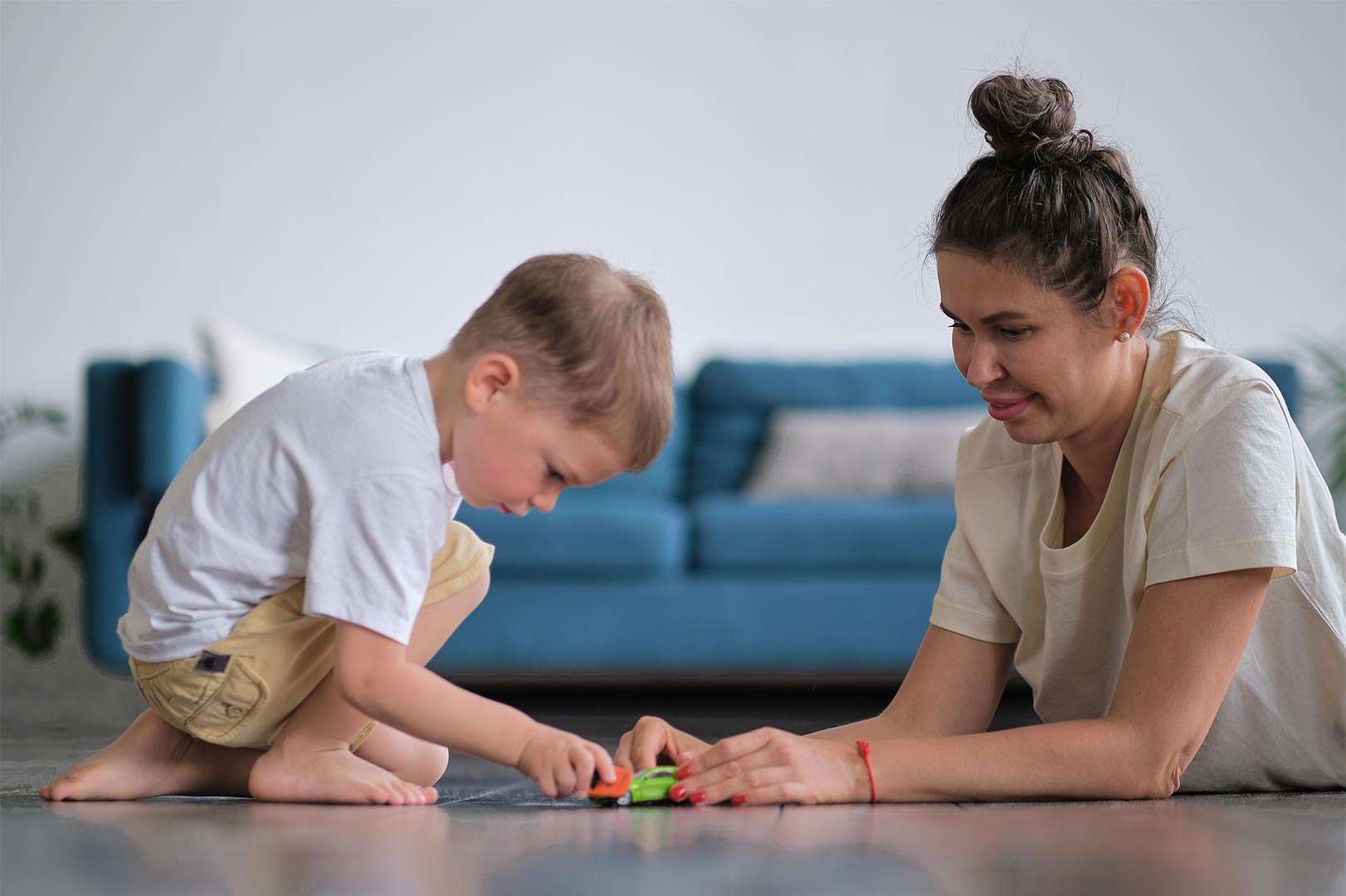Communication and language are essential skills for all children, but they can be especially challenging for students with special needs. These students may have difficulty with verbal communication, understanding language, or using language in social situations.
This blog post will provide an overview of the communication and language needs of students with special needs, as well as tips for parents and teachers on how to help these students develop these skills.
Communication needs of students with special needs:
The communication needs of students with special needs vary depending on the individual child’s diagnosis and abilities. However, some common communication challenges that these students may face include:
- Difficulty with verbal communication, such as speaking clearly or using grammar correctly
- Difficulty understanding language, such as following directions or understanding the meaning of words
- Difficulty using language in social situations, such as taking turns talking or participating in conversations
Tips for parents and teachers:
There are many things that parents and teachers can do to help students with special needs develop their communication and language skills. Some tips include:
- Be patient and understanding. It may take some time for students with special needs to develop these skills.
- Use clear and simple language. Avoid using jargon or complex sentences.
- Provide visual supports, such as pictures or symbols, to help students understand what you are saying.
- Break down tasks into small steps. This will make it easier for students to follow directions.
- Give students plenty of opportunities to practice their communication skills.
- Work with a speech-language therapist to develop a personalized communication plan for the child.
Augmentative and alternative communication (AAC):
- AAC is a term used to describe a variety of communication tools and strategies that can be used by people who have difficulty communicating verbally. AAC devices can range from simple picture boards to complex speech-generating devices.
- AAC can be a helpful way for students with special needs to communicate their needs and wants. It can also help them to participate more fully in social interactions.
Visual supports:
- Visual supports, such as pictures, symbols, and gestures, can be a helpful way to communicate with students with special needs. Visual supports can help students to understand what is being said, to follow directions, and to express their own needs and wants.
Social stories:
- Social stories are a type of visual support that can be used to help students with special needs understand social situations. Social stories can be used to teach students about new social skills, to help them cope with difficult social situations, and to improve their social interactions.
Communication and language are essential skills for all children. By providing early intervention and using evidence-based strategies, parents and teachers can help students with special needs develop these skills and reach their full potential.





Leave A Comment